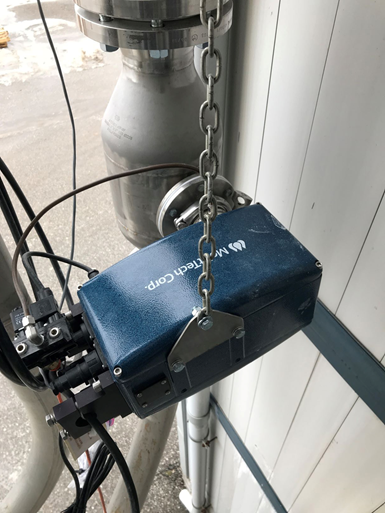Sensors Measure Moisture in PVB Films, Pellets
NPE2024: Noncontact sensors provide a continuous, reliable reading with zero drift and no maintenance.
MoistTech utilizes near-infrared (NIR) sensors technology that enables noncontact measurement of the moisture content of polyvinyl butyral (PVB) pellets or film. Said to be insensitive to material variations such as particle size, material height and color, the sensors provide a continuous, reliable reading with zero drift and no maintenance. There is a one-time calibration with a non-drift optical design which enables operational personnel to make immediate line adjustments based on real-time measurements.
MoistTech can measure moisture levels in PVB to ppm levels, enabling manufacturers to accurately control and monitor the process. Glass manufacturers see excessive moisture in PVB when laminating the product. The IR3000 can measure the raw film prior to use in production and more interestingly after the glass has been completed. By physically passing the laminated product through the NIR sensor, moisture can instantly and accurately be determined.
The online sensors can be installed into any hopper, silo, material line, belt or screw conveyor, and the moisture results are displayed onto an external display or PC.
Installing a moisture measurement and control system prevents bad product due to undesirable moisture levels. Fine-tuning the setup and process of the manufacturing line enables instant improvements both in the product and in the efficiency in which it is produced.
Related Content
-
Extrusion Plastometer is Modular, Easy to Clean
Improved accessibility and optimized surfaces enable the instrument to be cleaned quickly, expediting testing times.
-
Avient Receives PLASTICS’ 2023 Re|Focus Sustainability Innovation in Design Award
Said to be the first digital tool of its kind, the award was for Avient’s post-consumer recycled resin Color Prediction Service.
-
Using a Melt Flow Indexer to Test Your Pressure Transducer
The MFI tester enables collection of meaningful pressure data in transducers in a relatively short time, providing realistic measures of the response time of a pressure transducer. This information is critical in the interpretation of pressure data measured in an extrusion process.













